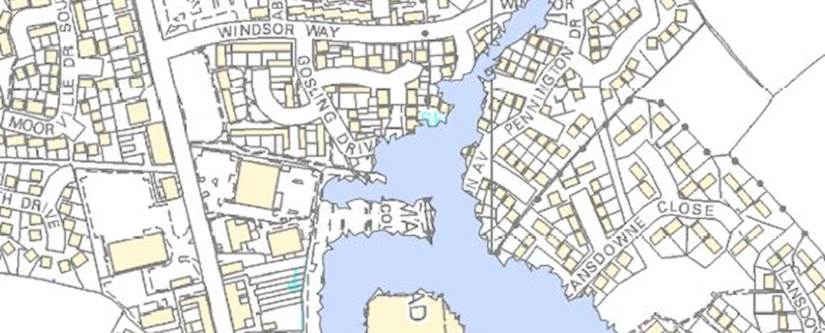
The sequential test – when a detailed flood risk assessment can be really helpful
One of the most confusing aspects of flood risk assessment in the planning context is the sequential test. It is an assessment of local areas and specific sites to ensure that a sequential approach is followed to steer new development to areas with the lowest probability of flooding (i.e can your development be done in Flood Zone 1, the lowest risk, and if not then Flood Zone 2 and so on). It’s applied at a strategic level and therefore local development plans should take it into consideration when planners designate areas as being suitable for development.
You’ll need to do a sequential test if:
- Your development is in Flood Zone 2 or 3; AND
- A sequential test hasn’t already been done for a development of the type you plan to carry out on your proposed site
You don’t need to do a sequential test if:
- Your development is classed as a “minor development”; or
- Your development involves a change of use (e.g. from commercial to residential) unless the development is a caravan, camping chalet, mobile home or park home site; or
- Your development is in Flood Zone 1 (again, being the lowest risk).
But what if it’s just not as simple as moving your development? For example you already own a certain piece of land in Flood Zone 3 and finding an alternative isn’t feasible? Are there any options to the strict application of the sequential test?
Well firstly, just because published flood mapping indicates that your site lies within Flood Zone 2 or 3 does not necessarily mean your site is at significant risk. An appropriate, site specific, detailed flood risk assessment including a comparison of modelled flood levels with a detailed topographic survey of the site may show that the site won’t be inundated during the critical flood event. If this is the case, then the sequential test would be satisfied regardless of the published flood mapping because it has been shown that the published flood maps are incorrect, or essentially they don’t go into enough detail to correctly classify your site.
Alternatively, sustainability considerations can be taken into account when assessing a proposed development. If reasoned justifications can be made that outweigh flood risk issues then a development may be considered acceptable.
If you have any questions on the sequential test or are having any issues with it preventing your development, our team would be happy to talk through possible option. The person to speak to on this topic is Mike Judson.
Image credit: Environment Agency copyright and/or database rights 2018; Ordnace Survey copyright and/or database rights 2018. Licence number 100054115.